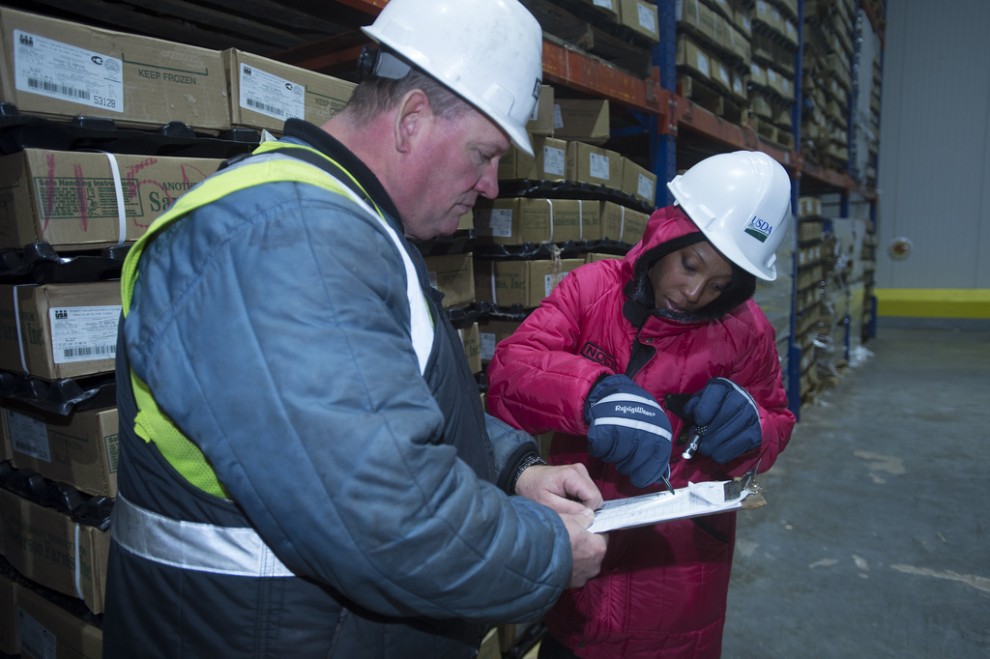Failure to comply with OSHA (Occupational Safety & Health Administration) regulations may result in heavy fines and possible bankruptcy for small business owners. Although appearances from OSHA are not regular, when they are conducted, owners and upper management may find their palms sweaty leading up to the inspection.
Luckily, if you follow a preparation guide and familiarize yourself with the regulations and mandates of the organization, then you should be able to rest easy knowing you maintain a safe and healthy working environment.
Why Would OSHA Conduct an Inspection?
OSHA is allowed to conduct an inspection at any time within your workplace, but usually will present themselves if employee complaints are high or your business is in a high injury rate industry. In addition, if your company shows extensive losses in workday rates (above the national average) you may be inspected based on numbers. This is why it’s essential to listen to your employees and follow proper safety procedures on a daily basis.
Some of the most frequently cited OSHA violations include ladders, machine requirements, control of hazardous energy, wiring, and industrial trucks, and fall protection. If you’re in the construction business or operate machinery on a daily basis your company is much more susceptible to an inspection than if you’re selling toilet paper.
Preparation is Key
Since there is no warning before an OSHA inspection takes place, it’s critical that your company ensures compliance with OSHA regulations – or at least your employees and management should have a grip on the mandates of the code. Prior to inspection, your company should always have someone in the office trained in handling OSHA requests and safety procedures because that individual will be the one escorting the OSHA officer around your facility.
Make sure this person is able to ensure employees are aware of their rights during an OSHA interview, prepare OSHA documentation and other safety-related documents, and can communicate with legal counsel about legal issues involved in the inspection.
In most cases if you are a first time offender for a minor safety regulation OSHA will only provide a warning and give you an allotted time frame to fix the problem. Make sure the person escorting the officer is writing down the necessary adjustments needed and follows up with those requests because OSHA will be back to inspect that changes are made. The second time they will not be so generous.
Unlike being pulled over and exercising your rights to remain silence and neglect a search of your car without probable cause, OSHA is an organization you don’t want to mess with. Most of the time, OSHA will only conduct an isolated inspection, focusing on one or two areas within your facility. If you ask to see a warrant or refuse to accompany them into your facility your opening yourself up for a wall-to-wall inspection – they will find a way to get in.
During the Inspection
Always avoid a wall-to-wall inspection as OSHA is very thorough when conducting these transactions. You have the right to confide in attorneys or other management officials during interviews with OSHA personnel. In addition, make sure your escort accompanying the OSHA official is shadowing his or her movements, taking similar photos, and asking questions about the investigation. All of this information is important evidence in the event of a lawsuit or citation challenge – otherwise it’s OSHA’s word against yours and you’ll lose that battle every time.
Remember to be courteous and business-like and never give unnecessary information unless it’s required.
This article was written by Brennen Kliffmueller. Brennen has worked closely with top managers on OSHA standards in multiple industries. He also is a professional content creator for eCompliance, which provides a software to automate administrative responsibilities for safety standards. To learn more about Brennen, you can visit his Google+.



